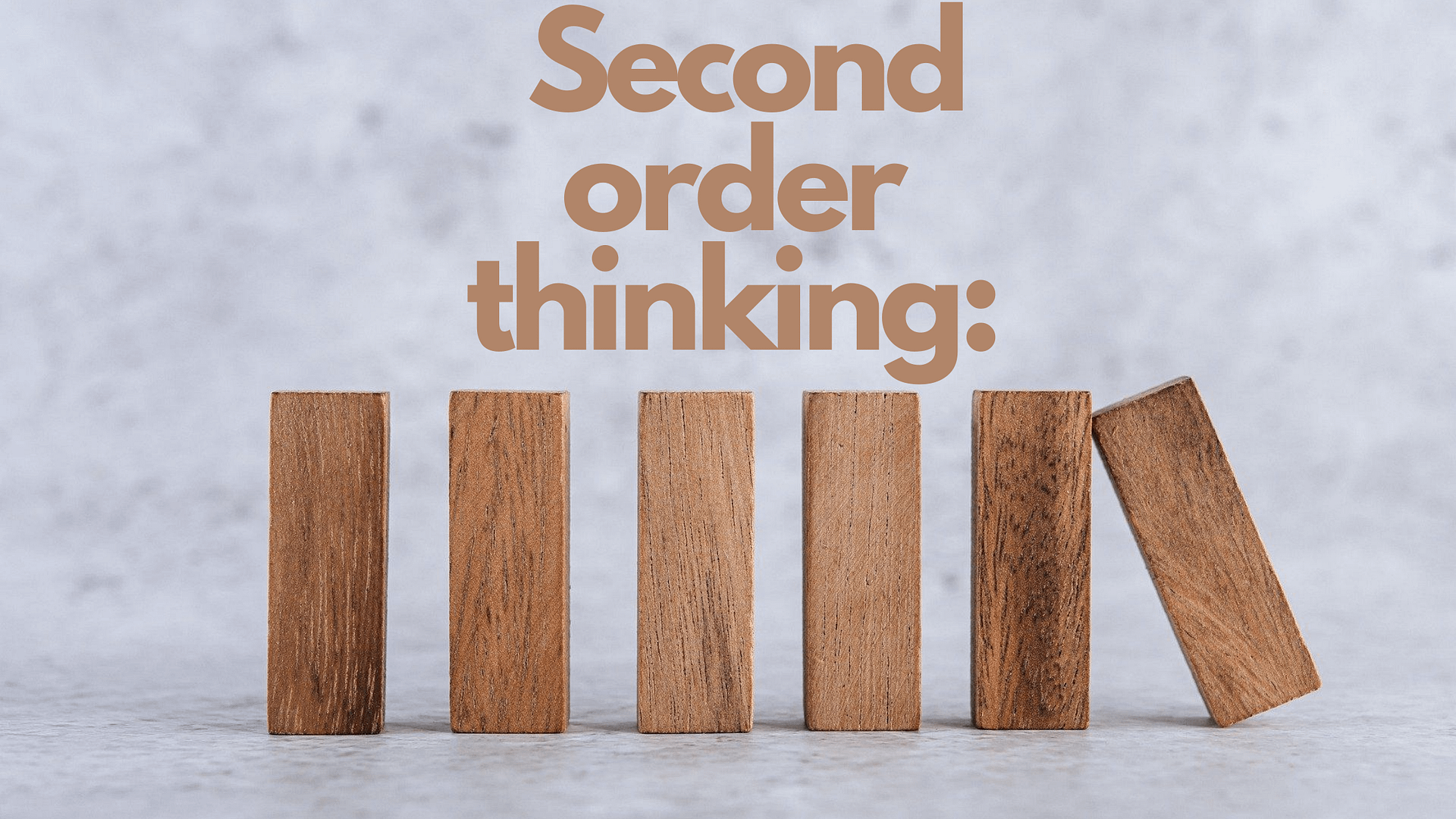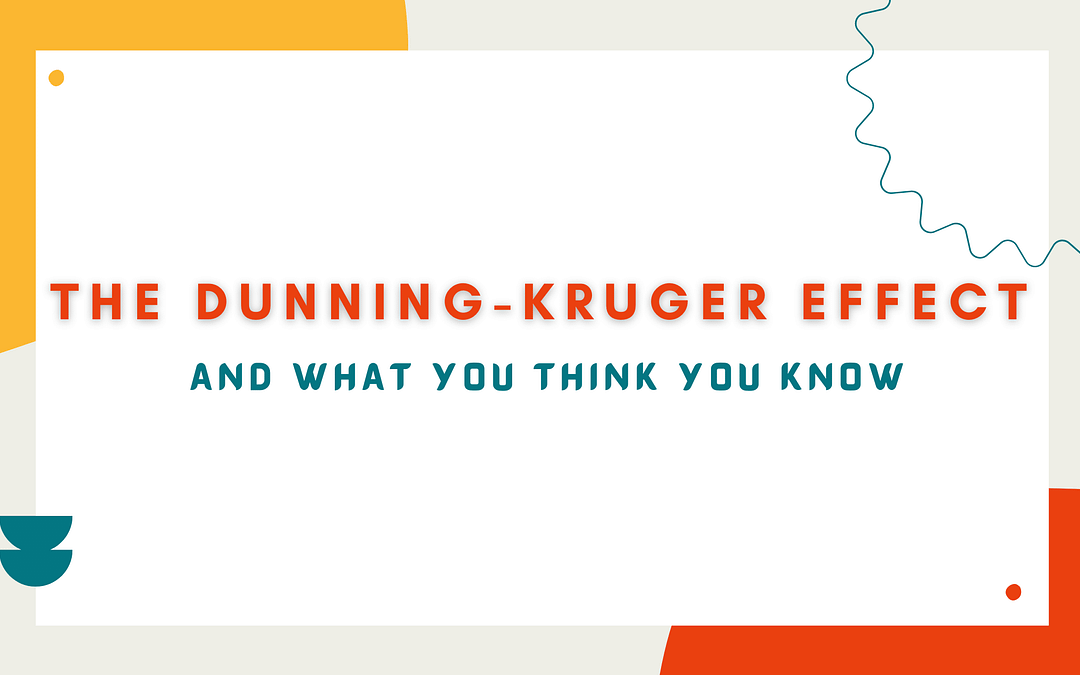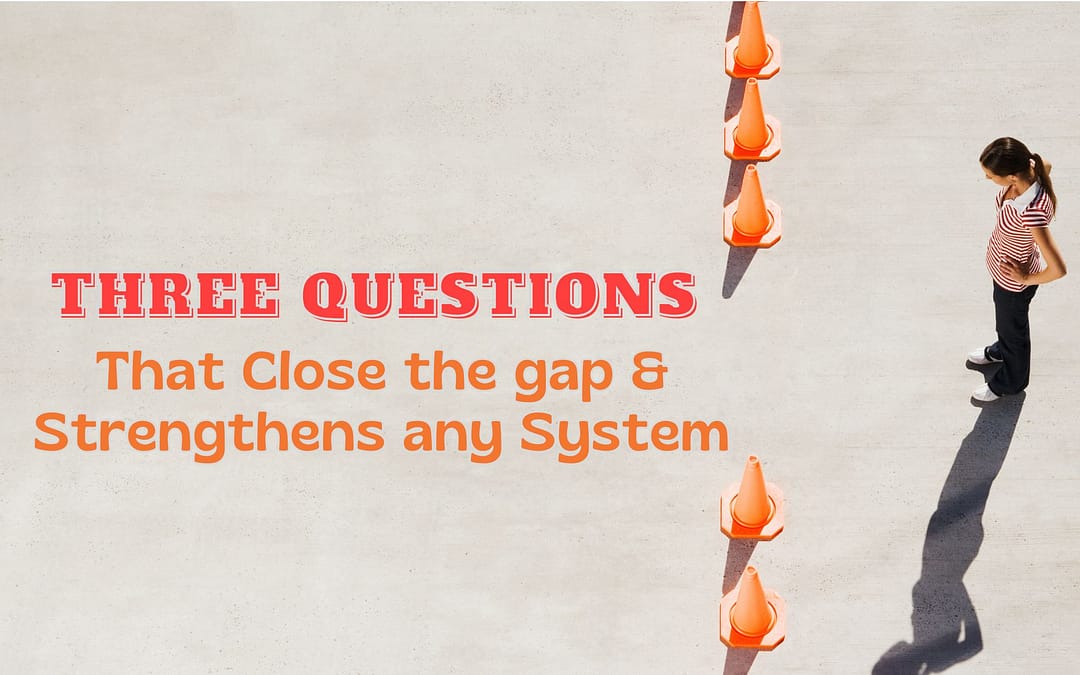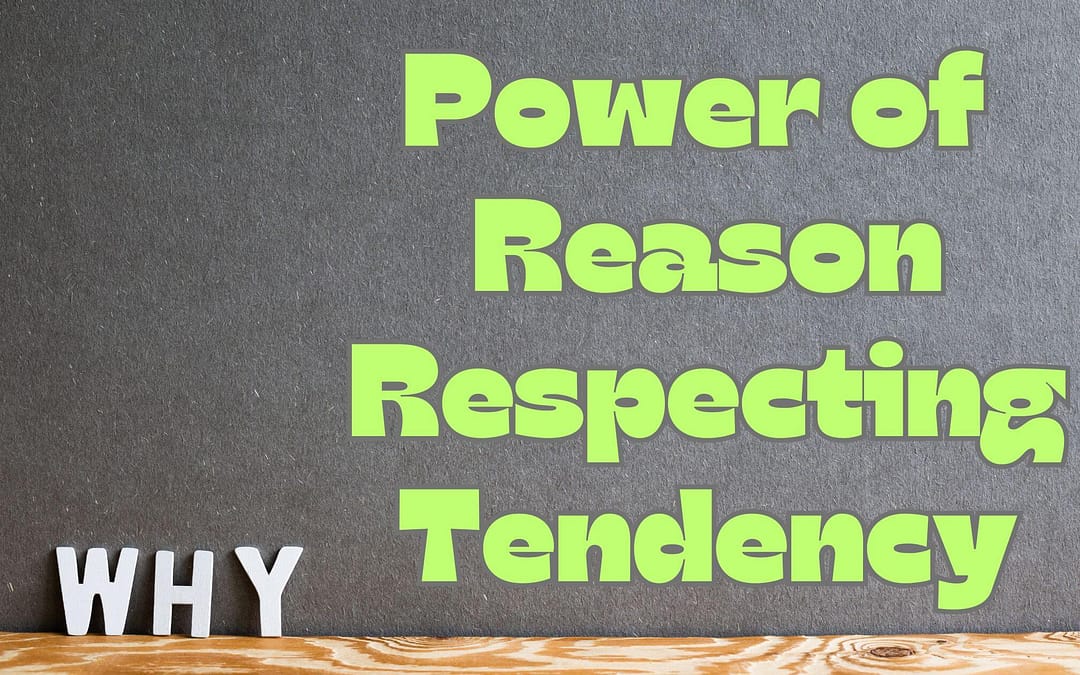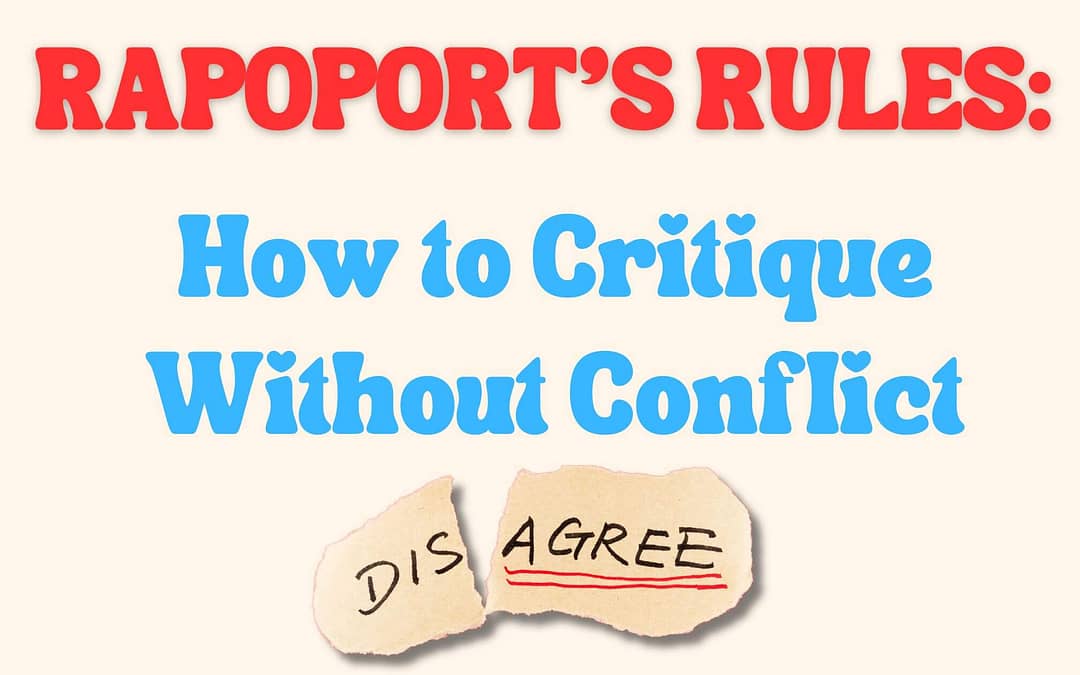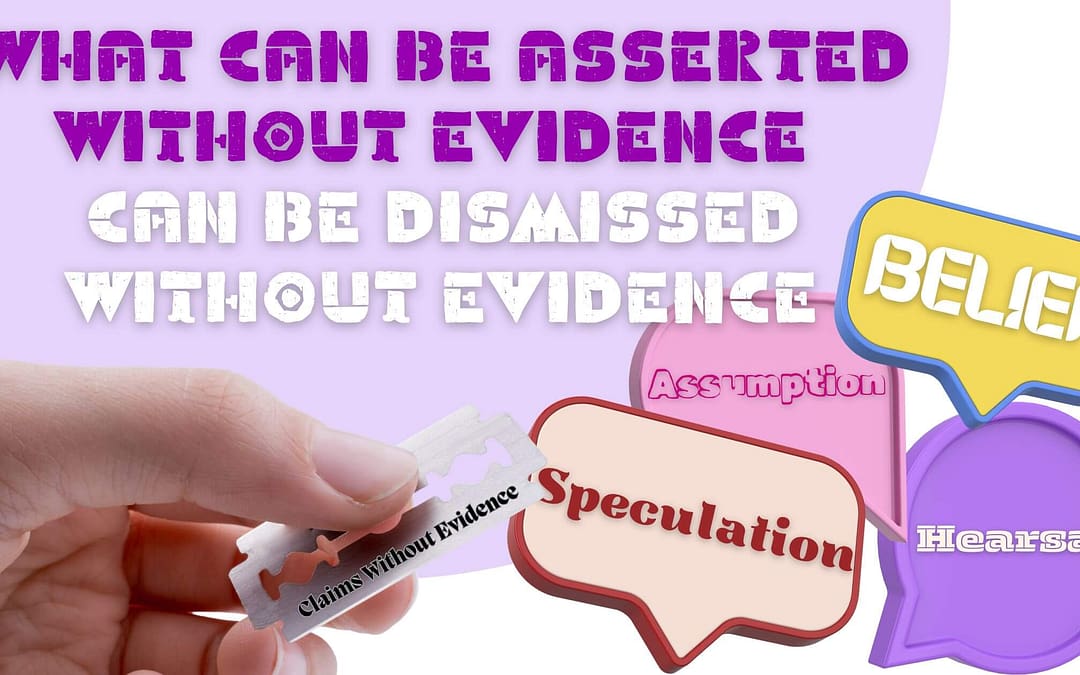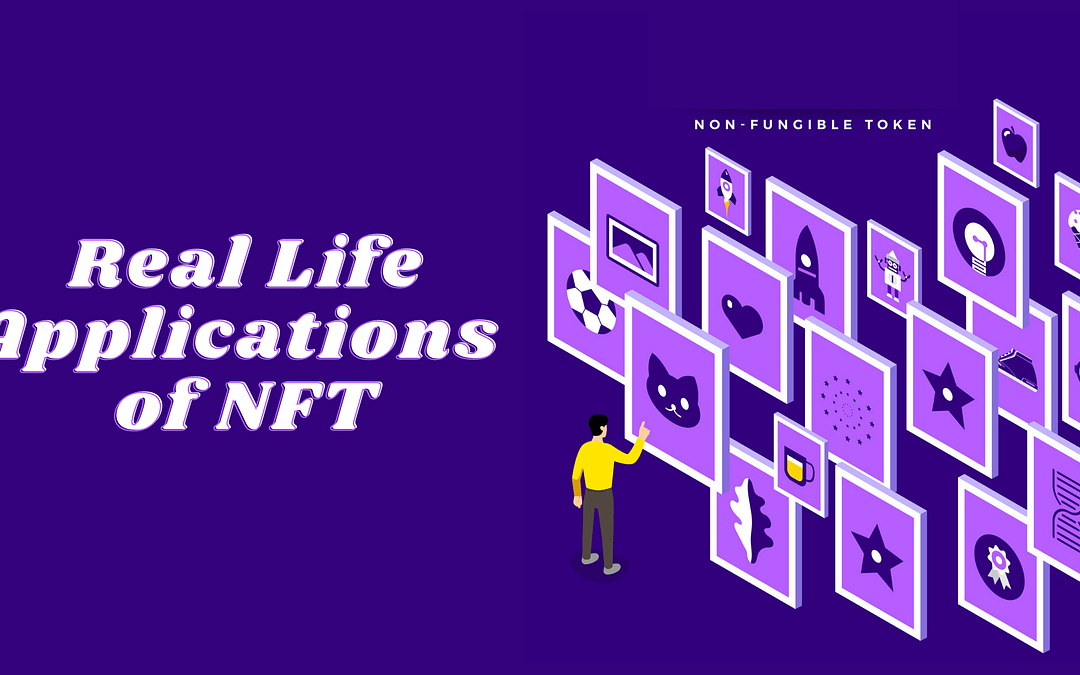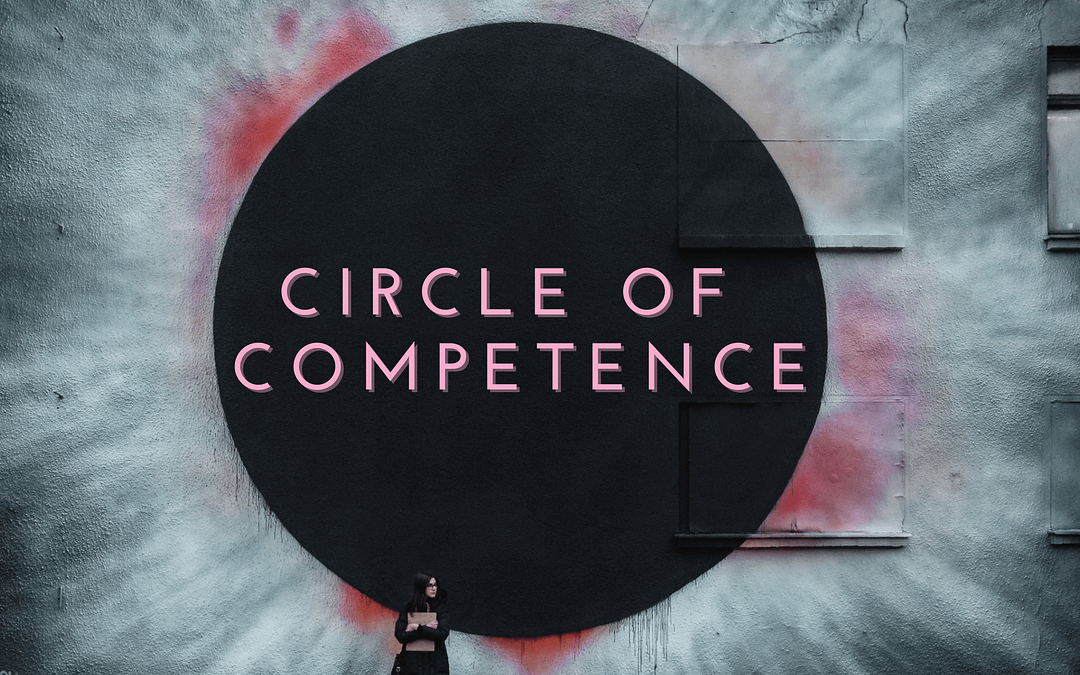- Consequences of the consequences.
- Increase your chances of success.
- Expect the unexpected.
- Avoid major pitfalls.
First order thinking is superficial and relies on immediate gratification with quick results.
Second order thinking is more complex, taking into account the endless ripple effects of our decisions. Thinking in the second order is considering the chain of effects that happens after the immediate consequence.
If we don’t think in the second order, we are bound to make decisions with unintended consequences and be caught off guard.
You’ve probably already heard of something like this before. We all know what the domino effect and butterfly effect are. The key difference with second order thinking is the deliberate decisions we make when taking into account what will happen after the first consequence.
First Order Example
You’re at the grocery store and come across the aisle with all the junk food. You think, “I deserve a little treat. Why not?” You buy all kinds of unhealthy snacks and bring them home.
Second Order Example
You’re back at the aisle looking at the junk food. You think you deserve a treat, but you don’t want everyone at home to eat bad too. You decide to keep walking until you find something better for yourself and everyone who lives with you.
How Not to Use Second Order Thinking
This doesn’t mean you should endlessly consider the consequences. You want to make good decisions, not paralyze yourself with thought.
It’s helpful to consider the third, fourth, fifth, and even sixth consequences. But it’s impossible to keep going without some kind of crystal ball. Second order thinking is about taking calculated risks.
The more you start to think into possible scenarios too far into the future, the more likely you will be wrong. There are usually too many unknowns to accurately predict too far down the line of effects.
The most effective way to use this mental model is to understand the possibility we may be wrong and prepare for it. The advantage of being wrong when you use second order thinking, is not letting small mistakes turn into even bigger ones.
How You Should Use Second Order Thinking
The next time you make a decision, ask yourself these questions.
- What will happen immediately after I do this?
- What could happen after that?
- What are the chances of those things happening after?
- What do I think is most likely to happen?
These are bigger picture questions. The answers depend on your ultimate goals and values related to what you are deciding. If you don’t have an idea of the bigger picture, then there’s no point in using second order thinking.
Once you know what it is you really want to accomplish, or avoid, then asking these questions will bring you closer to it. It’s really important to understand your chances of being wrong about what will happen in the second order. You want to act, not react.
Ask yourself these questions.
- What happens if I’m wrong?
- What are my backup options for when I am wrong?
- What are my backup options for my backup options?
Using this mental model is a valuable tool for business, personal growth, and making progress towards long term goals. Think about what could change if you started using it today. What could change tomorrow?

